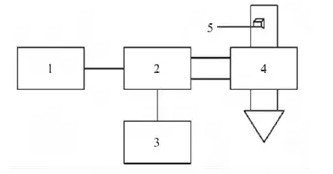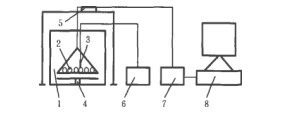Effect of Different Drying Methods on Volatile Flavor Components of Sagittaria
Abstract: In order to study the effects of different drying methods on the volatile flavor compounds of Citrus, solid phase microextraction was used to extract the fresh samples of Ciqi and hot air drying, microwave drying, hot air combined with microwave drying, and the flavors were identified by GC-MS. Compounds were used to investigate the changes in flavor composition of Citrogan in different drying methods.

The results showed that 19 kinds, 25 kinds and 28 kinds of flavor compounds were detected by hot air drying, microwave drying and hot air combined with microwave drying.
The drying method has obvious effects on the volatile flavors of alcohols, aldehydes, alkenes, ethers, heterocyclics and sulfur-containing substances in the sage. The amount and content of alcohol compounds are reduced, and the content of aldehydes is increased. In addition to hot air drying, the amount is also increased, the content of ether compounds and olefin compounds is decreased, and the content of sulfur compounds is greatly increased.
The types and contents of volatile flavors of hot air combined with microwave drying are higher than those of hot air drying and microwave drying equipment. This method combines the advantages of hot air drying and microwave drying to produce flavor substances, which can promote the effective formation of flavor substances in Ci Gu dry tablets.
Key words: Cizhu microwave drying, drying method, flavor component, GC-MS
Citrus (a perennial aquatic perennial herb of the genus Aesculus) is widely distributed and cultivated in China, and has abundant resources. The genus is a homologous plant of medicine and food, and is rich in various nutrients such as selenium, phosphorus and vitamin E.
Sexual acupoints are slightly cold, sweet and bitter, with the effect of cooling blood to stop bleeding, coughing and drenching, dispersing detoxification, and stomach thick intestines. It is an important aquatic vegetable for the winter season.
Drying is an important way of processing vegetables, reducing the moisture in vegetables to a certain extent, extending the shelf life, and obtaining dried vegetables.
Vegetable drying includes a variety of methods. In recent years, the joint drying method has been widely concerned by food research experts. Joint drying is a reasonable combination of two or three drying methods, and the length of different drying methods is used to complement each other and improve drying efficiency. Reduce energy consumption and improve product quality.
The hot air combined with microwave drying technology is first hot air drying and then microwave drying. The hot air drying technology first removes a part of free water, and then removes the remaining free water and combined water by microwave drying, taking advantage of the drying advantages of hot air and microwave, and cleverly avoiding hot air. And microwave drying defects. Different drying methods for dehydrated vegetables mainly focus on physical properties, nutrient composition and sensory evaluation of hardness, color, rehydration rate, shrinkage rate and vitamin C content.